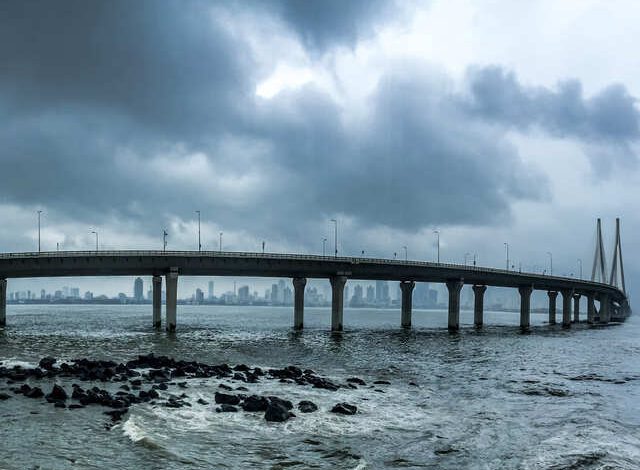Extreme sea levels may drown coastal Indian cities by century-end, warns NASA, based on new IPCC report
The IPCC report released on Monday was used by NASA to assess changes in sea across the world and has identified as many as 12 Indian cities that are likely to be the first ones to face the brunt of rising sea levels.

A new analysis based on the report by Intergovernmental Panel on Climate Change (IPCC) has been published by NASA, which has put out some stern warnings for India.
The IPCC report titled ‘Climate Change 2021: The physical science basis’ released on Monday(August 9) was used by NASA to analyse changes in sea levels throughout the world and stated that every region in the world is witnessing irreversible changes in climate due to human influence.
According to the report, sea surface temperature over Indian ocean is likely to increase by 1 to 2 degrees C (°C) when there is 1.5°C to 2°C global warming.
The report states that extreme sea-level events that previously occurred once in 100 years could happen every year by the end of this century, due to floods, heavy rainfall, and glacier melting and as many as 12 cities in India including Mumbai, Chennai, Kochi, and Visakhapatnam, could be nearly three feet underwater by the century’s end.
Swapna Panickal, IPCC author and climate scientist from Indian Institute of Tropical Meteorology said,“About 50% of the sea level rise is due to the thermal expansion. Also, Indian Ocean region is warming at a higher rate that means the relative sea level can also increase over the regions. Hence, the coastal regions will see the sea level rise through the 21st century, and it will contribute to more frequent and severe coastal flooding in low level areas and coastal erosion. Along with this, extreme sea level events that were previously seen once in a hundred years, could also happen every year by the end of the century.”
The cities that are expected to as much as three feet in the water are as follows:
- Kandla: 1.87 feet
- Okha: 1.96 feet
- Bhaunagar: 2.70 feet
- Mumbai: 1.90 feet
- Mormugao: 2.06 feet
- Mangalore: 1.87 feet
- Cochin: 2.32 feet
- Paradip: 1.93 feet
- Khidirpur: 0.49 feet
- Visakhapatnam: 1.77 feet
- Chennai: 1.87 feet
- Tuticorin: 1.9 feet
The report added that climate change is bringing multiple irreversible changes in different regions which will all increase with further warming and affect us in the future.
Friederike Otto, Associate Director, Environment Change Institute, University of Oxford said,”some of the changes are locked in— these include increase in sea level rise, melting of glaciers and thawing of permafrost. We will see impacts of current warming in the coming decades. Very strong increase in heat waves, heavy rainfall events, further melting of glaciers can be expected and are very important for India.”
Saying that the evidence is clear, the report expressed that carbon dioxide is the main driver of climate change, even as other greenhouse gases and air pollutants also affect the climate. Human actions still have the potential to determine the future course of climate.
However, some positivity seeped from the report when it added that it is still possible from a physical science point of view, to limit global warming to 1.5 degrees which means these changes could be slowed and stopped from getting worse.



